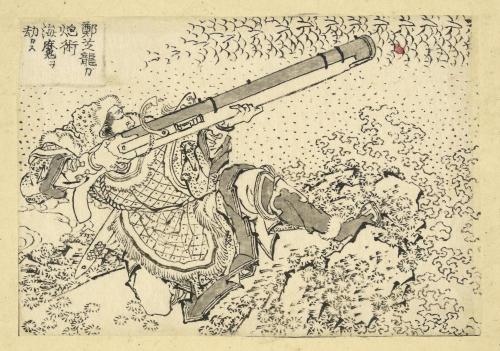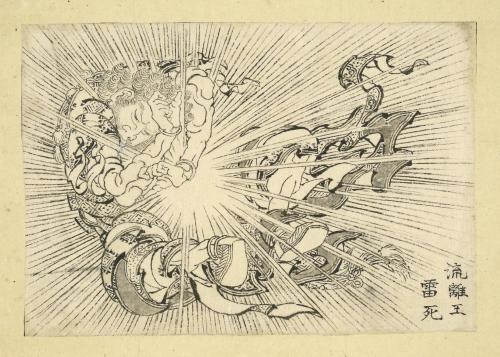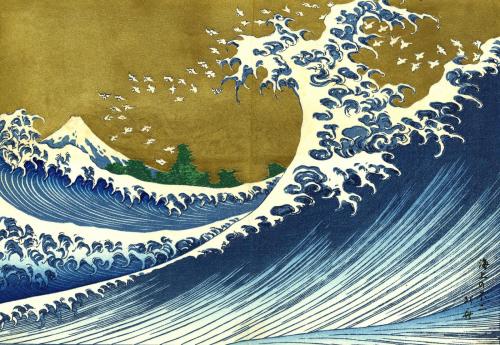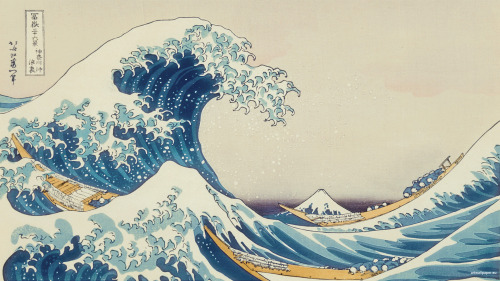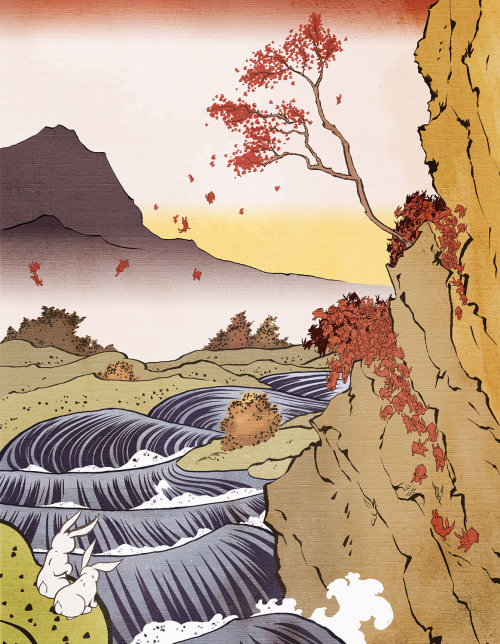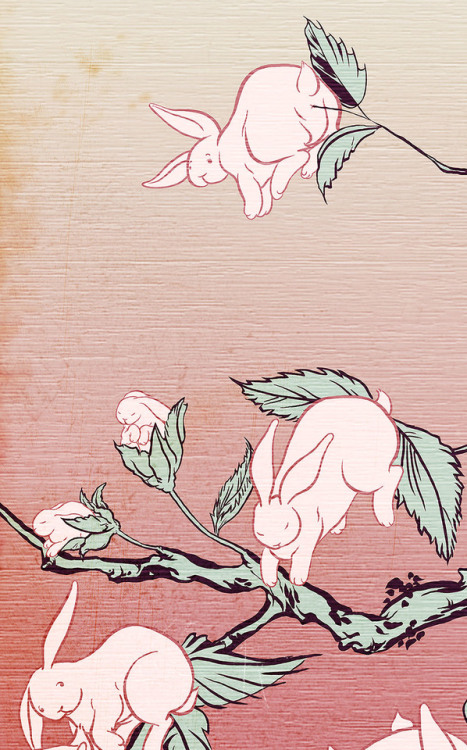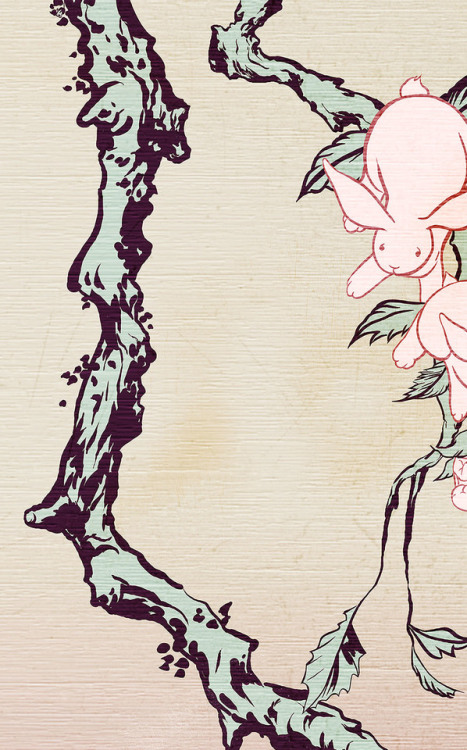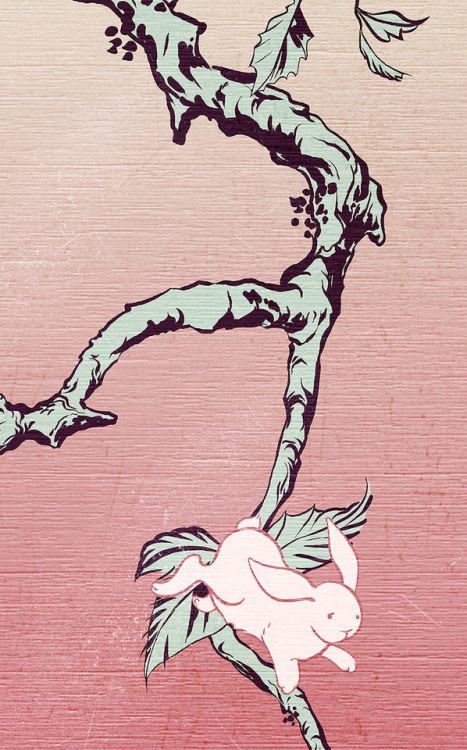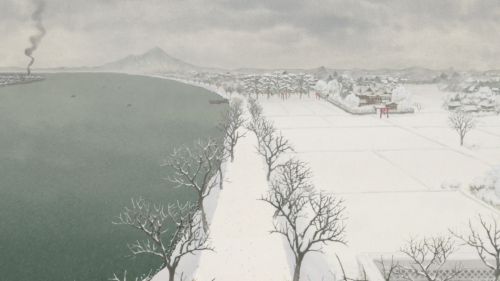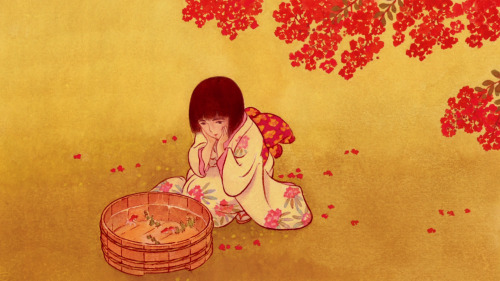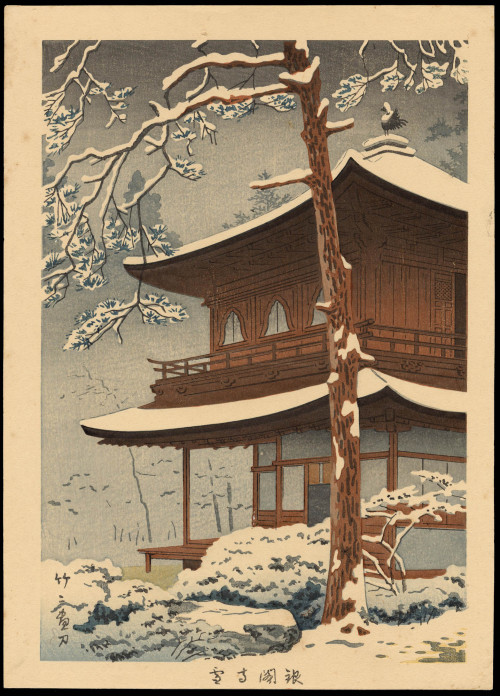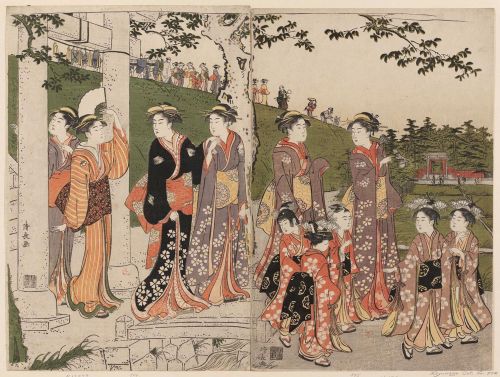#ukiyo-e
MWW Artwork of the Day (4/9/16)
Utagawa (aka Ando) Hiroshige (Japanese, 1797-1858)
One Hundred Famous Views of Edo #64: Horikiri Iris Garden (5th month of 1857)
Color woodblock print, 36.1 x 23.6 cm.
The Brooklyn Museum, New York
In the village of Horikiri in suburban Edo, gardeners grew a year-round variety of flowers and were particularly famous for the iris shown here, “hanashobu,” well suited to this swampy land. In this print Hiroshige has shown three, almost-life-size, detailed specimens of the nineteenth-century hanashobu hybrids and in the distance, sightseers from Edo are admiring the blossoms. In the 1870’s the cultivation of hanashobu had begun to spread rapidly in Europe and America and the developed into a booming export market for the gardeners of Horikiri. The Horikiri plantations began to wane in the 1920’s and eventually turned over to wartime food production. After the war, one of them was revived and is now a public park, particularly popular in May when the flowers are in bloom.
(from the Museum catalog)
Hiroshige’s work is the subject of several MWW exhibits/galleries:
* Hokusai/Hiroshige - Fuji Views & Tokaido Stages
* Hiroshige’s Edo - Vistas into the Lost World of Tokugawa Japan (coming Summer 2016)
* Hiroshige’s Japan - More Vistas into a Lost World (coming Summer 2016)
+ Two installments of the MWW Non-Western Painting special Collection
Post link
MWW Artwork of the Day (4/2/16)
Suzuki Harunobu (Japanese, 1725–1770)
Plucking a Branch from a Neighbor’s Plum Tree (c. 1768)
Polychrome woodblock print, 27.3 x 20 cm.
The Metropolitan Museum of Art, New York (Howard Mansfield Collection)
This print is an excellent example of Harunobu’s artistic taste —- reflecting nonsensuous tenderness and exquisiteness of figures. Casting off her sandals, a young woman has climbed onto her maid’s back to break off a branch of a plum tree growing over a tall wall with a tiled ridge. The two women are elegant and gentle despite their tomboyish behavior. The rigid and monotonous pattern of bricks in the fence is a foil for the graceful figures. Despite Harunobu’s depiction of these two young women as innocent, the expression “plucking a branch of plum blossoms” typically refers to a fashionably dressed female and even carries sexual overtones. The young woman wears a kimono (furisode) with hanging sleeves and a design of snow-clad bamboo. Her elaborately tied obi, or sash, has a scrolling floral pattern.
(from the MMA catalog)
More Harunobu prints can be seen in this MWW Special Collection:
* MWW Non-Western Painting Gallery
Post link

Rough Sea at Naruto in Awa Province (no. 55 from the series Famous Views of the Sixty-odd Provinces), Hiroshige, 1855
Waves, by Hokusai
One of the best YouTube channels for sure. Explaining clearly this fascinating artwork, The Great Wave off KanagawabyHokusai.
Post link
“The Bunnies Fall”
Digital, 2006
The autumn image in our “Seasons of the Rabbit” series. Dan turned falling autumn leaves into bunnies drifting down over a rushing river. Print available in our web shop. Like “Bunny Blossoms” it is not based on a specific ukiyo-e masterpiece, but captures the feel of a genre of landscape in those Japanese woodblock prints.
Post link
“Bunny Blossom”
digital, 2005
The second image in our “Seasons of the Rabbit” series. This image popped into Dan’s head as a follow up to “Uprisings” once it was apparent that people really liked that image. Unlike “Uprisings” which a very direct homage to a specific work by a specific artist, “Bunny Blossom” was more just evocative of a classic type of Japanese image common in woodblock print, featuring some flowering branches in an interesting composition (often the ukiyo-e masters would include birds on the branches, but Dan decided not do so in this piece). Dan continued the theme of turning one natural element (this time the cherry blossoms) into rabbits.
One thing of note is that this piece was originally made longer for the long sold out archival limited edition print, but in order to make the poster a similar spect ratio to the “Uprisings” poster we cropped the bottom off the image for the poster release (which can be purchased HERE).
Post link
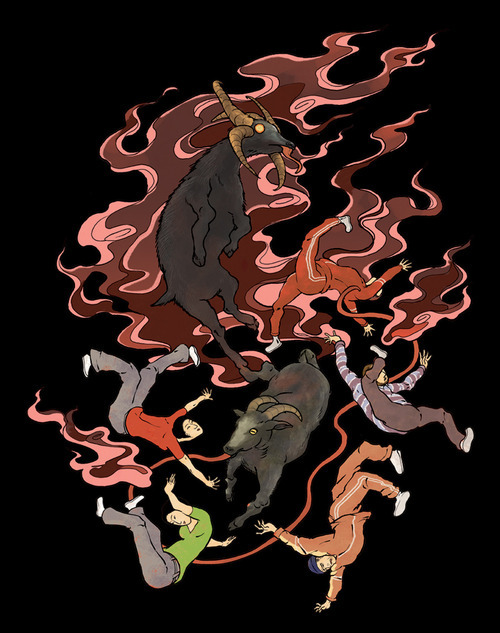
Goat Simulator Design Contest with Welovefine
Blood for the Blood Goat in Ukiyo-e style (woodblock prints and paintings in Japan from the 17th through 19th centuries)
Vote Here
contest.welovefine.com/vote.ph…
If you like my entry, please vote (5=most —>1=least)
Rating period: Jan 6 - Feb 3
register account is required for voting, please sign up or log in on Welovefine website.
-Thank you-
—————
ประกวดออกแบบลายเสื้อGoat Simulator กับเวป Welovefine
Vote Here
contest.welovefine.com/vote.ph…
หากชอบลายนี้สามารถโหวตได้จ้า (5 คือมากสุด ไล่ลงไปถึง 1คือน้อยสุด)
ระยะเวลาในการโหวต: 6ม.ค. - 3 ก.พ.
การโหวตต้องสมัครแอคเคาน์ของเวป Welovefine ก่อน(ไม่เสียค่าใช้จ่าย)
ถ้าเคยสมัครแล้วก็ใช้ล็อคอินเดิมได้เลย
-ขอบคุณจ้า-
Ummm er uh..um uh er uh..ummm

Fem!Joot inspired by @the-snipster and Hashiguchi Goyo ✂️
Follow@washii_tape for more JJBA fanart!

Summer flower, by Shibata Zeshin (1880).

Onsen Range seen from Amakusa, by Kawase Hasui (1922).
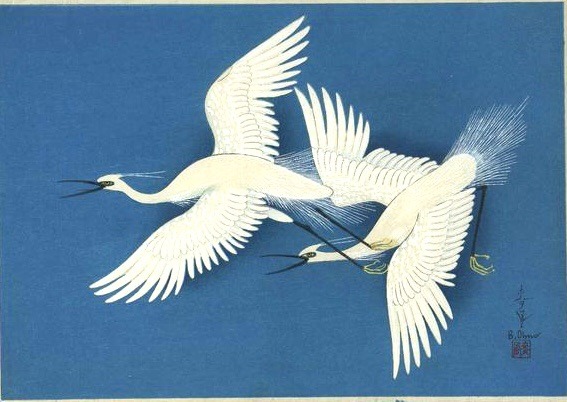
Herons, by Ohno Bakufu (1888-1976).

Wisteria at Kameido, by Yoshida Toshi (ca. 1940).






